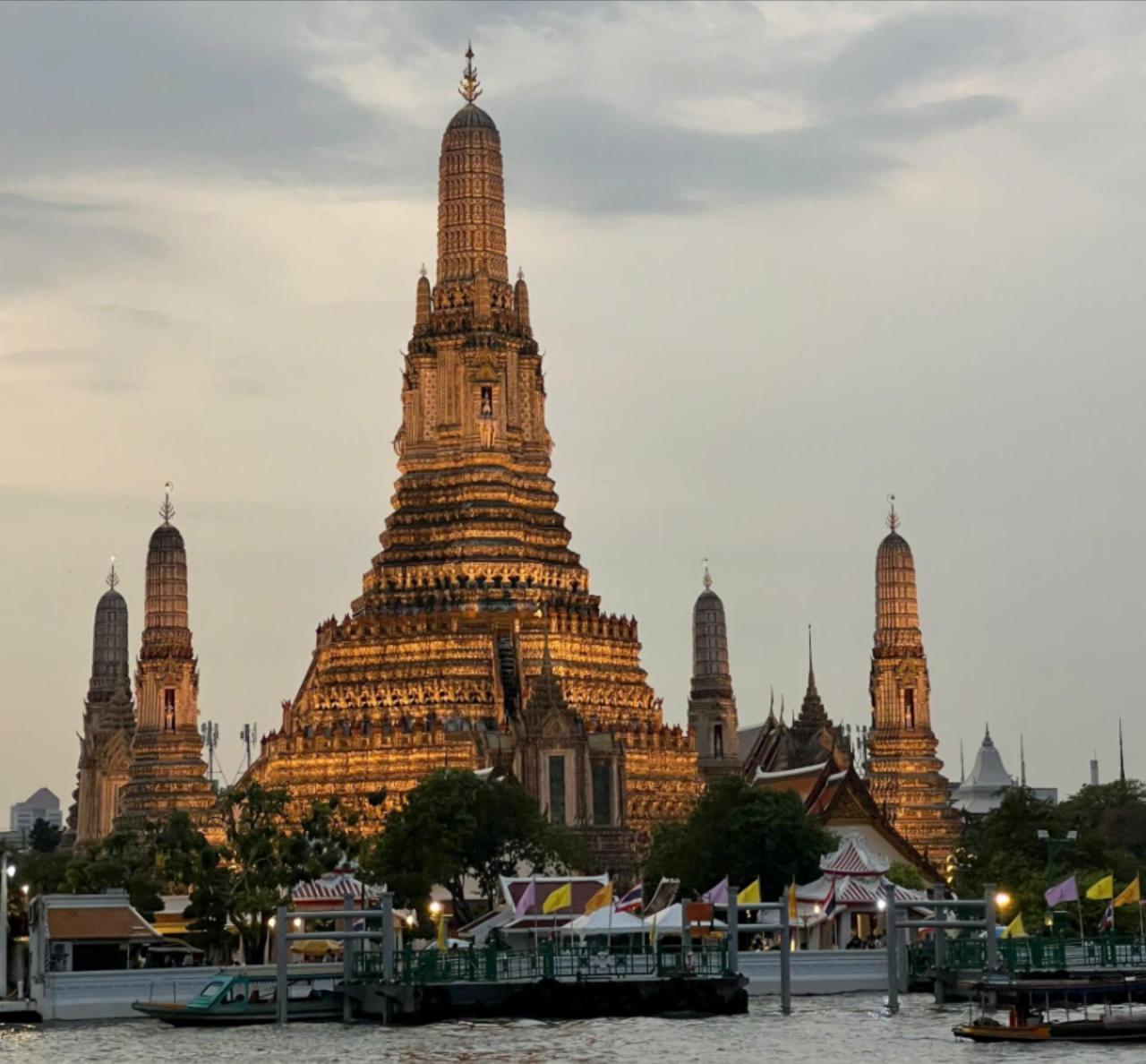
1. Saying that does not mean I equate Thai culture with Champa culture in Quang Nam , Central Vietnam. History has proven that the similarities between these two cultures are not accidental, but ancient Champa once belonged to the ancient Khmer empire.
The might of the Khmer empire dominated the territory of Cambodia and Thailand. And above all, Thailand in general and Bangkok in particular had a large number of immigrants from China, increasing the similarity when Champa gradually merged into Dai Viet after King Che Man passed away.
When I first set foot on Thai soil, I did not realize how multi-ethnic Thailand was. I was fascinated by Thai architecture one, I was fascinated by the community of this country ten. Because Thailand is not only Thai people.
Stepping into Pattaya, I saw Chinese tourists , Indian restaurants, Turkish kebab street stalls, Middle Eastern silk shops, and Russian prostitutes.
Pattaya's red light district attracts a lot of tourists, and they have brought Russian girls with blonde hair, blue eyes, white lips to dance to attract customers who want to have sex for a night. Multi-ethnicity is real, but Thailand's multi-ethnicity is painfully humane when a part of the human being is bought and sold like nothing more than a commodity.
Looking at Thai society, I cannot help but think of ancient Champa, a culture that has now faded into the past and once had a golden age when multi-ethnicity accompanied human rights. Champa taught us to cherish women. A matriarchal society like Champa gave women the right to inherit property, especially land and houses, and children would also take their mother's surname. The Cham also worshiped the goddess Po Nagar, considered the mother of the country, the creator of nature and protector of the community.
Cultural trade has favored Champa with ethnic diversity, not only with Cham people, but also Indians, Malays, and the Middle East. And no matter which ethnic group came to live in Champa, the role of women was always placed first. Both were once part of the Khmer empire, but in terms of respect for women, Champa was thousands of years ahead of Thailand.
2. Although Thailand is a country with a 94% Buddhist population, the most worshiped by Thai people is not Buddha Shakyamuni but the Hindu god Brahman. Brahman has four faces facing the four directions of East, West, South, and North, and is the god who brings luck, protection, and prosperity. The Erawan Shrine in Bangkok is crowded with people coming to offer flowers to Brahman, praying for their wishes to come true.
I learned that Thai people believe that Brahman accompanied the Buddha, protected and advised him during his years of practice. Therefore, the worship of Brahman does not conflict with, but on the contrary, has diversified the Buddhist practice of Thailand. The proof is that the Wat Yan Nawa Temple places a statue of Brahman right at the entrance before people are allowed to visit the relics of Buddha Shakyamuni.
From Brahman to Buddha Shakyamuni, I learned more about Theravada Buddhism or orthodox Buddhism, which Thailand has been influenced by its neighbor India. Buddhist teachings have permeated the Thai people's thoughts, forming noble moral values, especially filial piety to parents.
Thai people believe that their birthday is an occasion to show gratitude to their parents, so they try to come home early and prepare a basin of water to wash their parents’ feet. Then they will go to the temple together to pray for their parents to live in peace and enjoy a long and happy life with their children and grandchildren.
Aside from Buddhism and Hindu influences, Thailand has a lot of mosques that I wish I had more time to visit. Islam is the largest minority religion in Thailand, the Muslims here are mainly Malay, who have lived and maintained their beliefs for centuries.
The growth of the Muslim community has not only led to a blend of Islamic and Thai architecture, but also a demand for halal food according to Islamic standards right on the streets of Thailand.
It is not difficult to see Muslim women wearing hijab on the streets of Bangkok. Although Thailand has had religious conflicts, people still live peacefully amidst religious differences on every street I pass.
3. Most aspects of Thai culture brought me back to think of My Son. Because the ancient land of Champa was a blend of Hinduism, Buddhism and Islam, which the Cham people still maintain, practice and teach to future generations.
I remember seeing the statue of Brahman at the Da Nang Cham Museum, where he stands majestically after layers of time dust, next to Shiva still eloquently expressing the spirit of destruction and rebirth.
And when I came to the Champa dancers, I realized that the softness but strength of the Cham people were similar to that of the Thai dancers. Even the skirts wrapped around their bodies were carved in the same way down to every detail of the fabric.
The Hindu architecture in the depths of Champa is still there. I look at the Thai temples and keep thinking about My Son, about Champa. The silent stone blocks, the delicate patterns like many stories about the golden age of a brilliant civilization.
My Son, with its majestic Cham towers, is a living testament to the fusion of Indian art and the creative spirit of the Cham people. The Cham towers stand tall between heaven and earth, like sentinels, protecting a once flourishing culture, whose traces can still be seen on Thai soil.
The day I boarded the plane to return home, I turned my head to look at the land of a thousand elephants, and suddenly remembered a passage from the poem “By the Tra Kieu Dancer Statue” by Nguyen Trac: “ … The Tenth Century is too far away/the Twentieth Century is also old stuff/but even though there are many more strange things/you are still an unforgettable strange thing/you still live as you have lived for a thousand years/a pair of hands that are not really human hands/a body that seems to be full of transcendence/still extremely close to the human world ”.
Source: https://baoquangnam.vn/ngoanh-dau-tu-thai-de-thay-chiem-thanh-3148379.html


![[Photo] Prime Minister Pham Minh Chinh meets with Speaker of the Hungarian National Assembly Kover Laszlo](https://vphoto.vietnam.vn/thumb/1200x675/vietnam/resource/IMAGE/2025/10/20/1760970413415_dsc-8111-jpg.webp)
![[Photo] Da Nang residents "hunt for photos" of big waves at the mouth of the Han River](https://vphoto.vietnam.vn/thumb/1200x675/vietnam/resource/IMAGE/2025/10/21/1761043632309_ndo_br_11-jpg.webp)
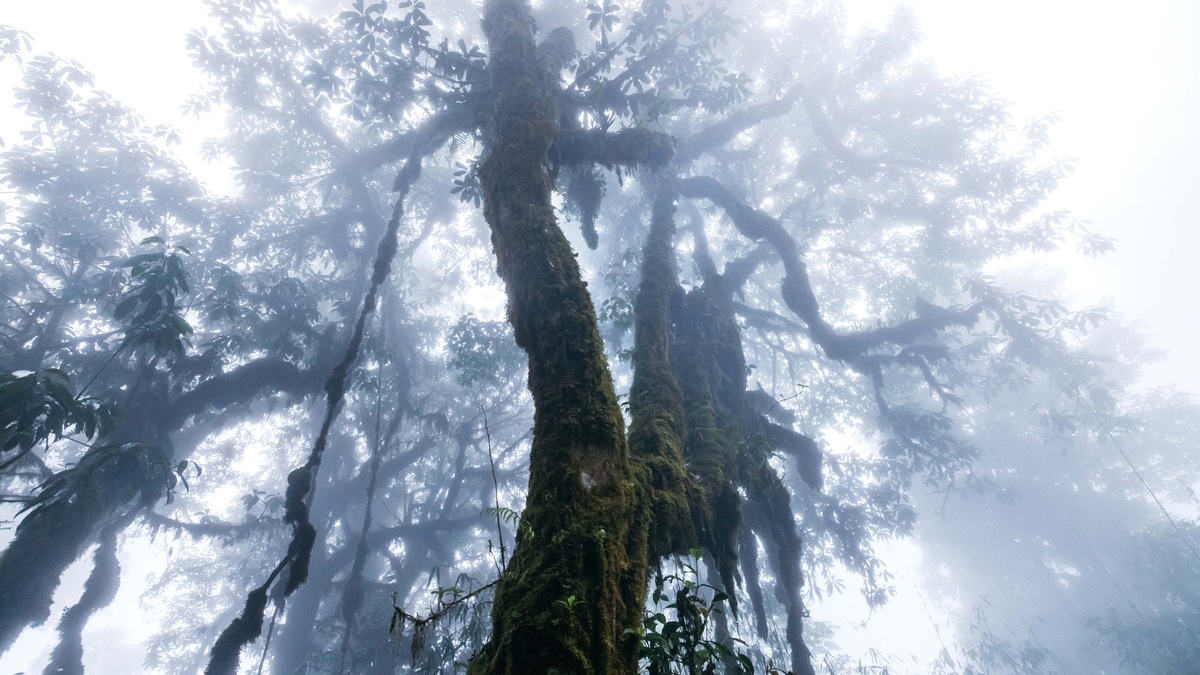
![[Photo] Prime Minister Pham Minh Chinh received Mr. Yamamoto Ichita, Governor of Gunma Province (Japan)](https://vphoto.vietnam.vn/thumb/1200x675/vietnam/resource/IMAGE/2025/10/21/1761032833411_dsc-8867-jpg.webp)
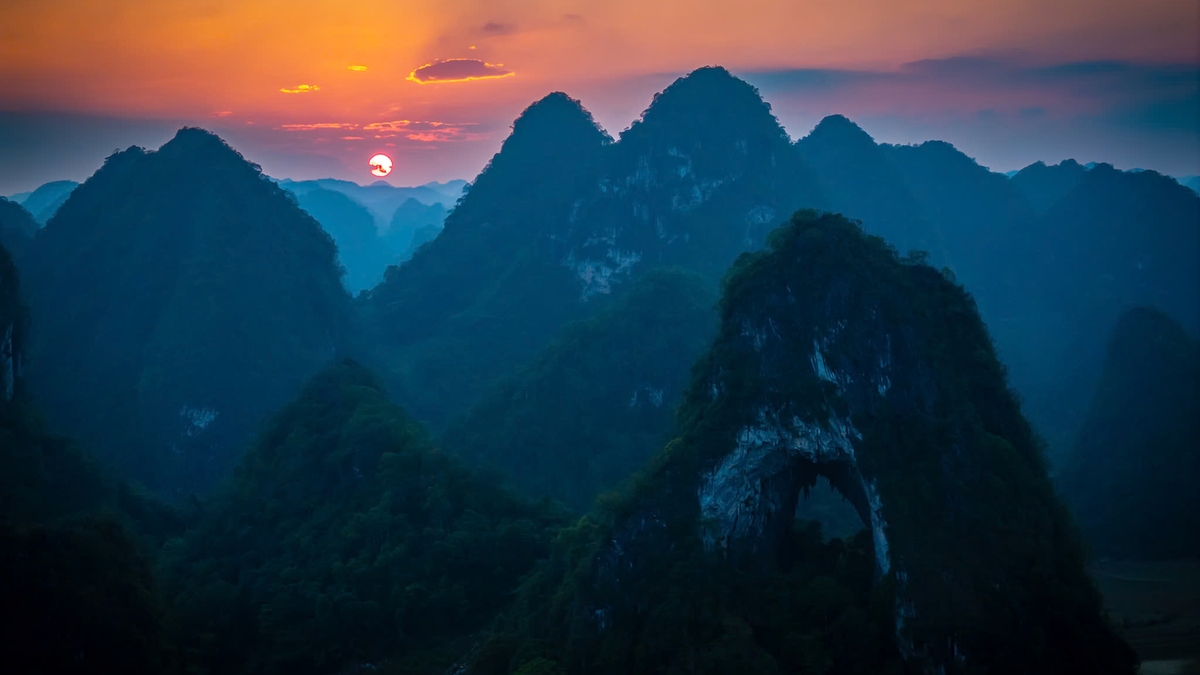
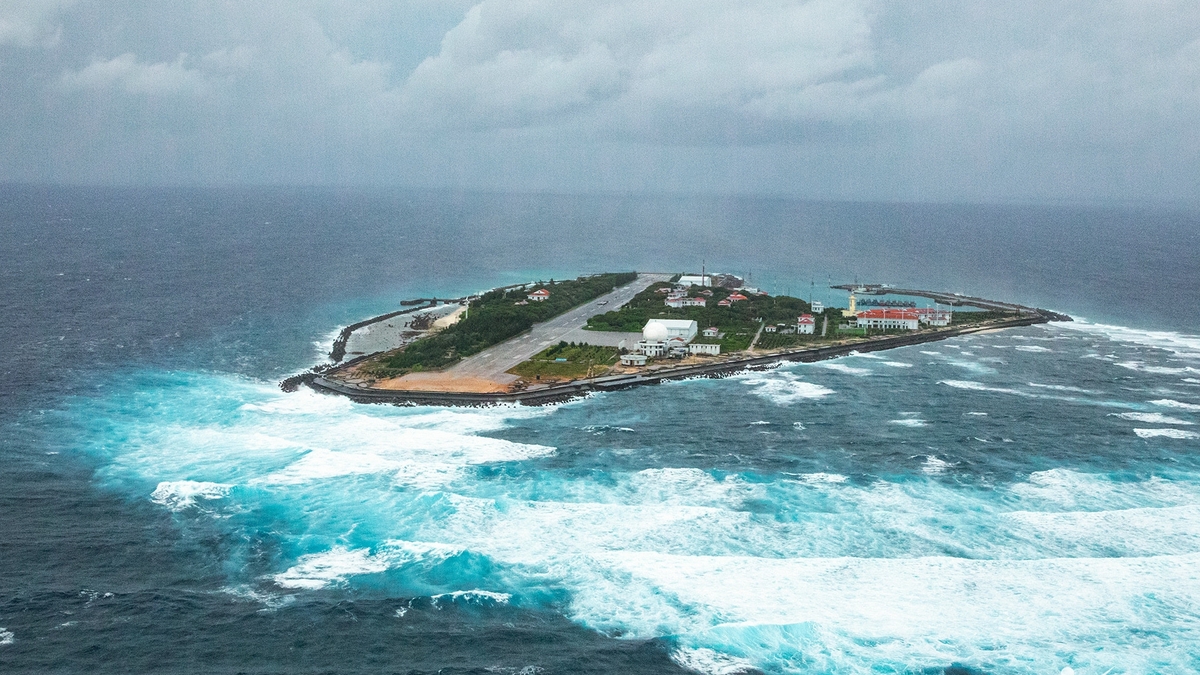
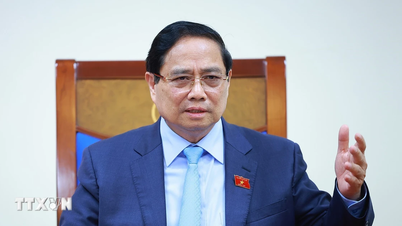

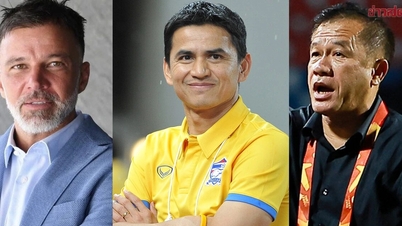

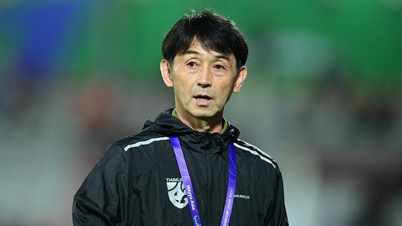

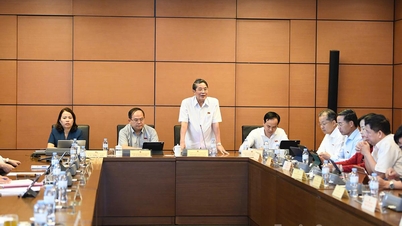

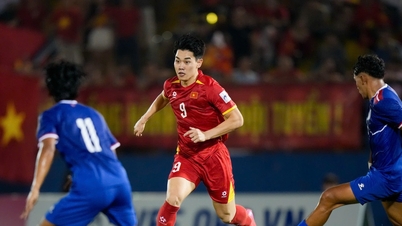


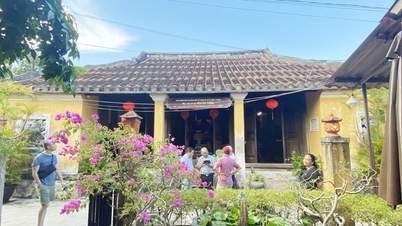

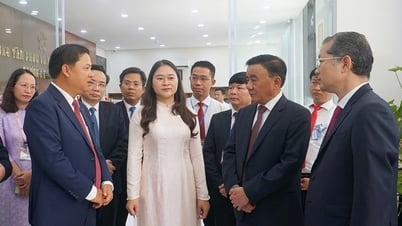
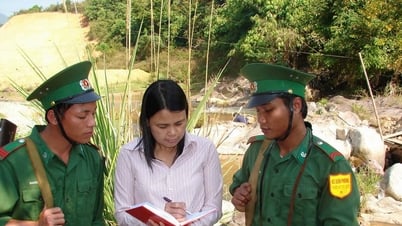

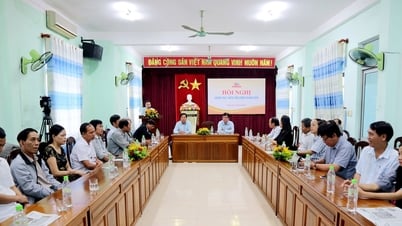
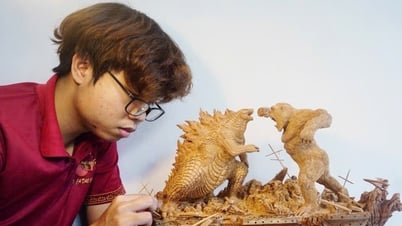
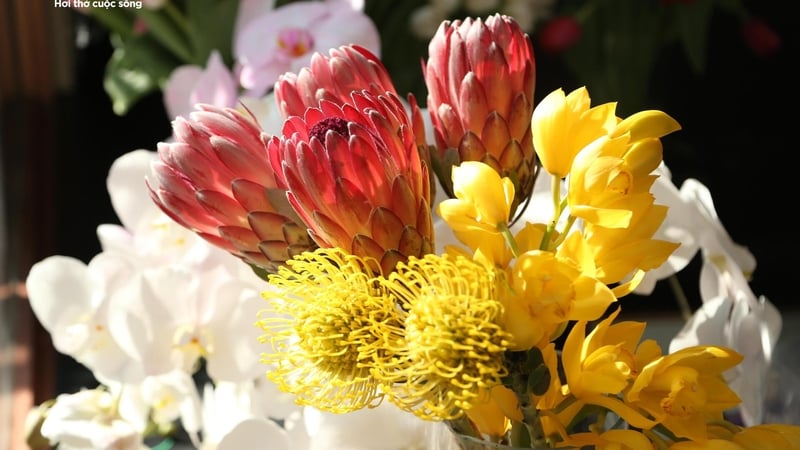
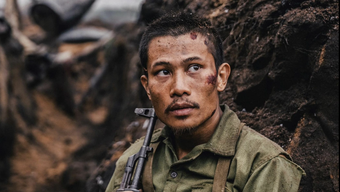
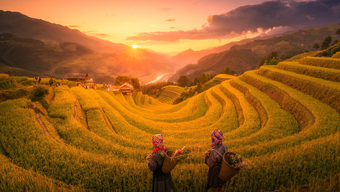
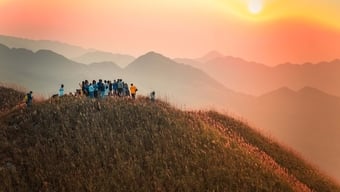
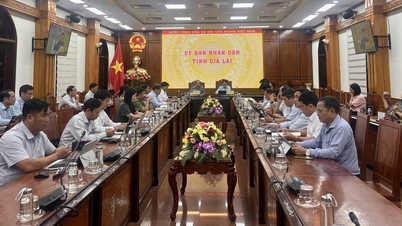
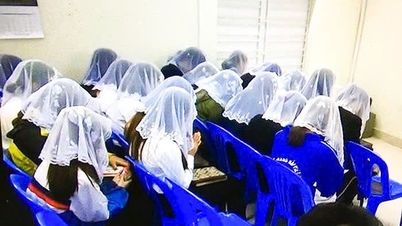
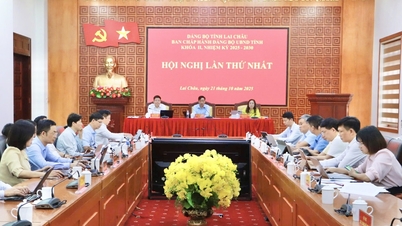

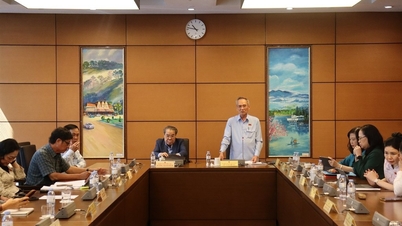
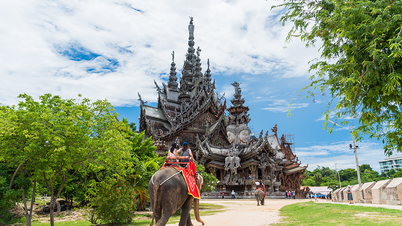
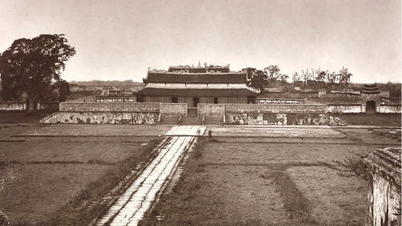

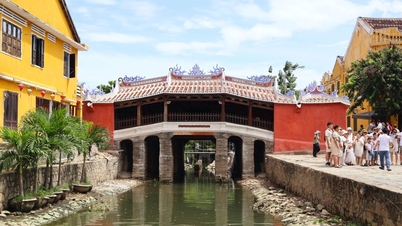
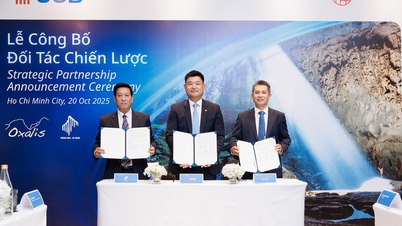


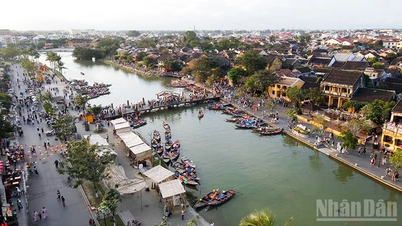



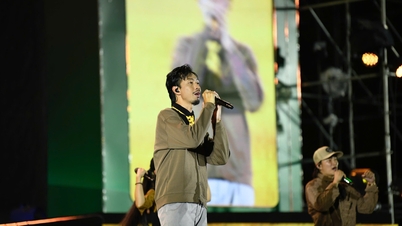

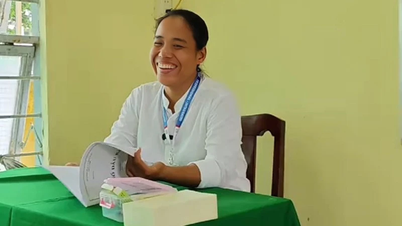
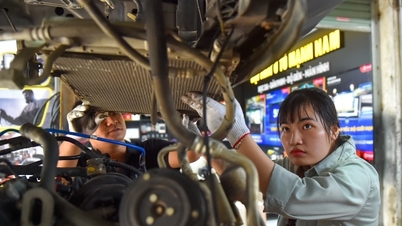

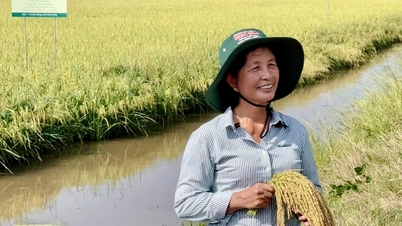

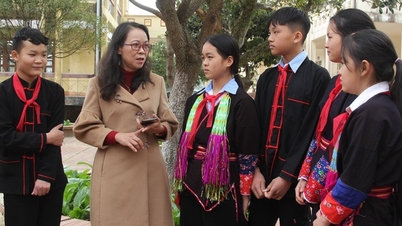

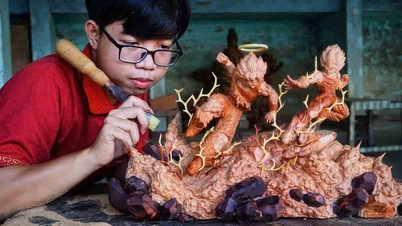
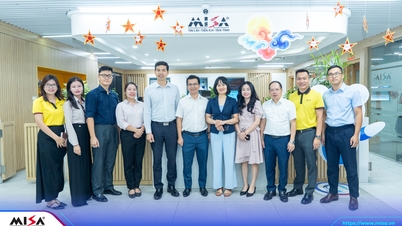

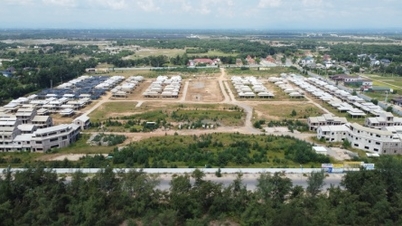

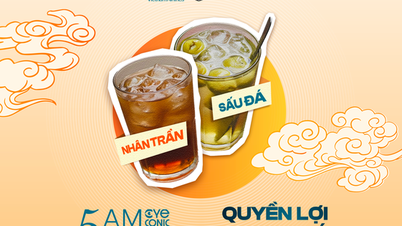


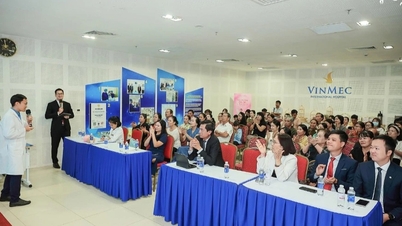

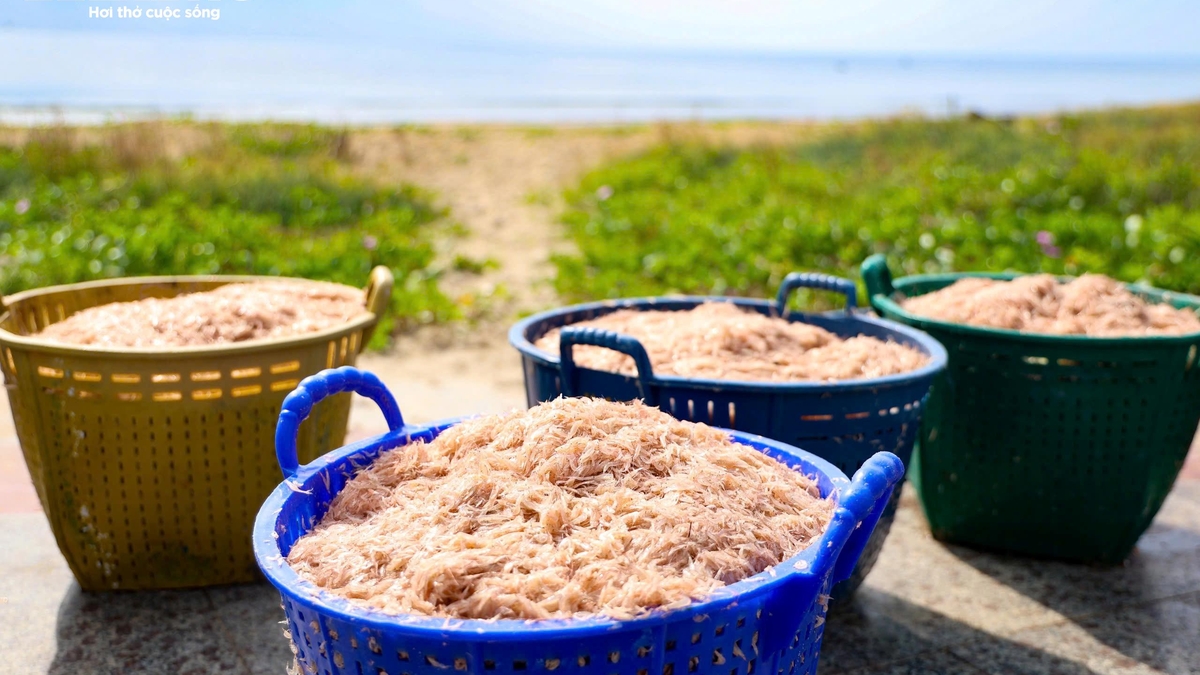
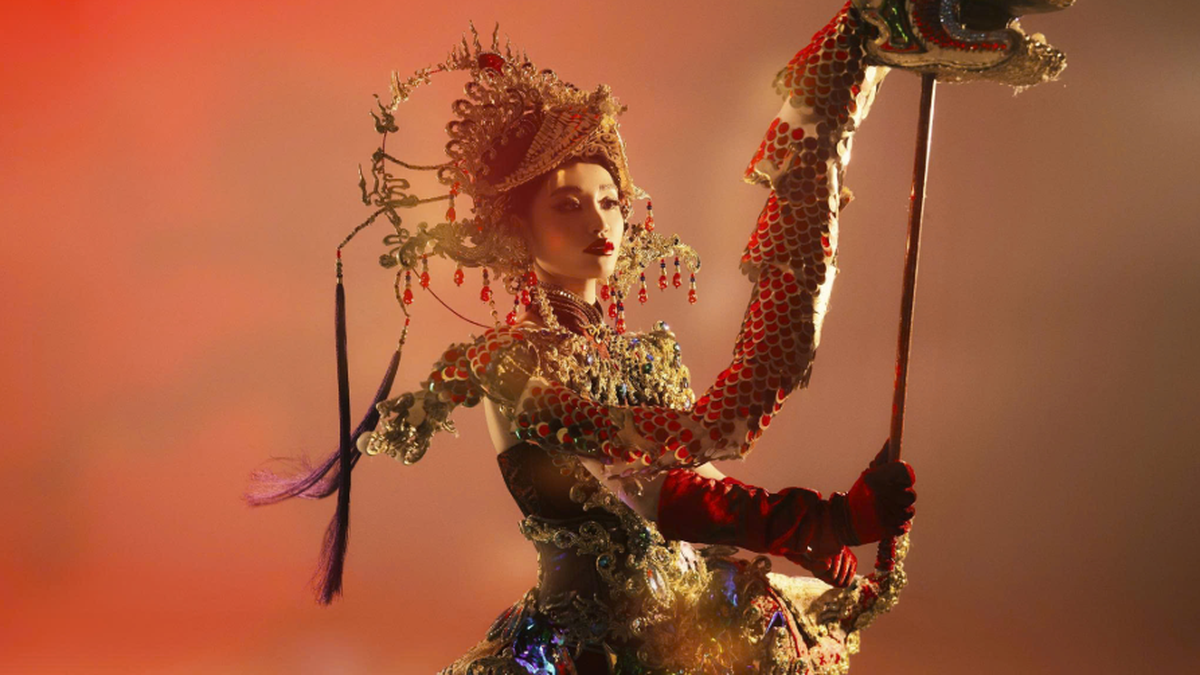
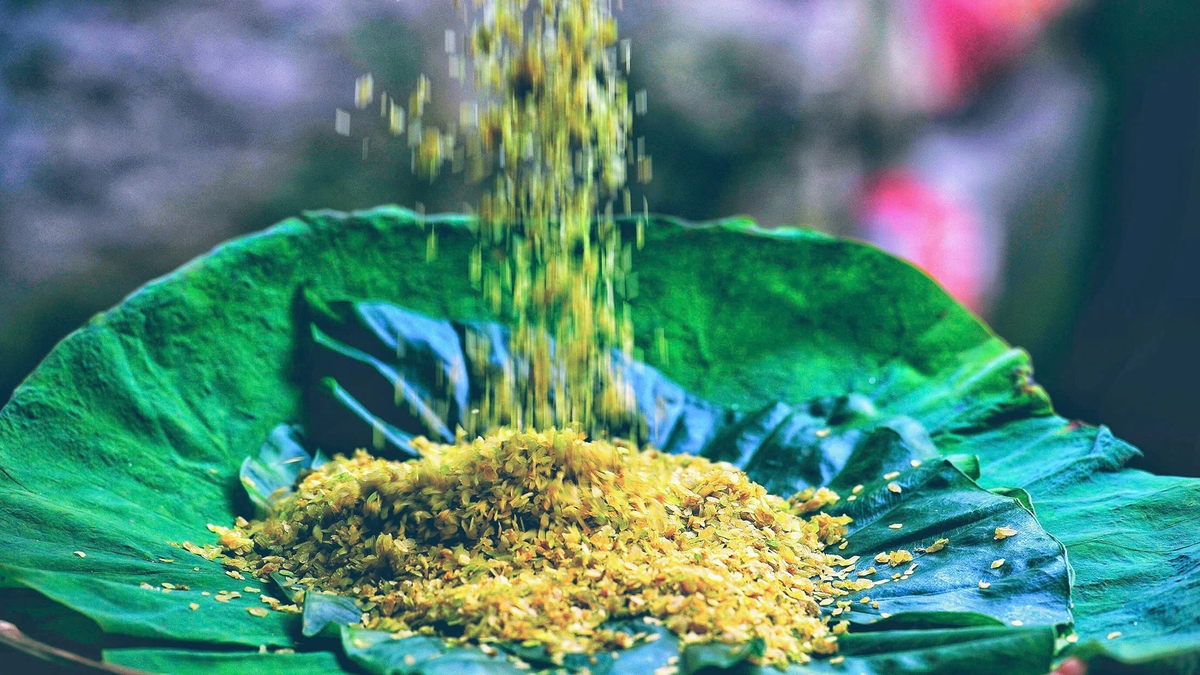
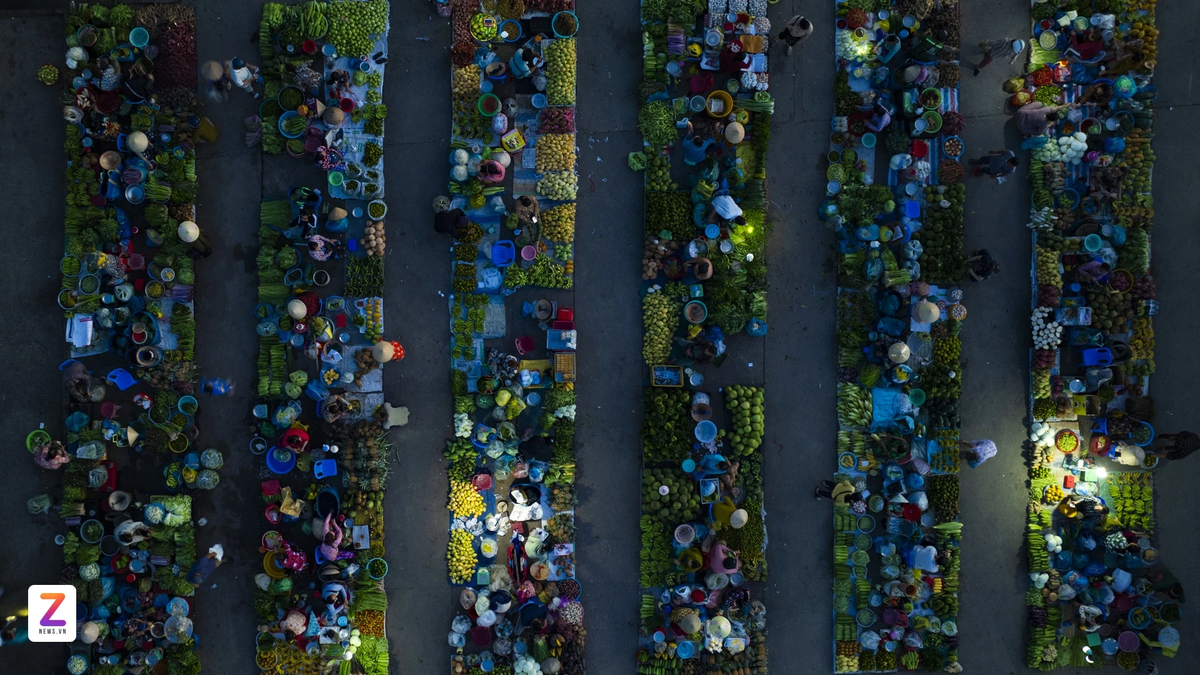
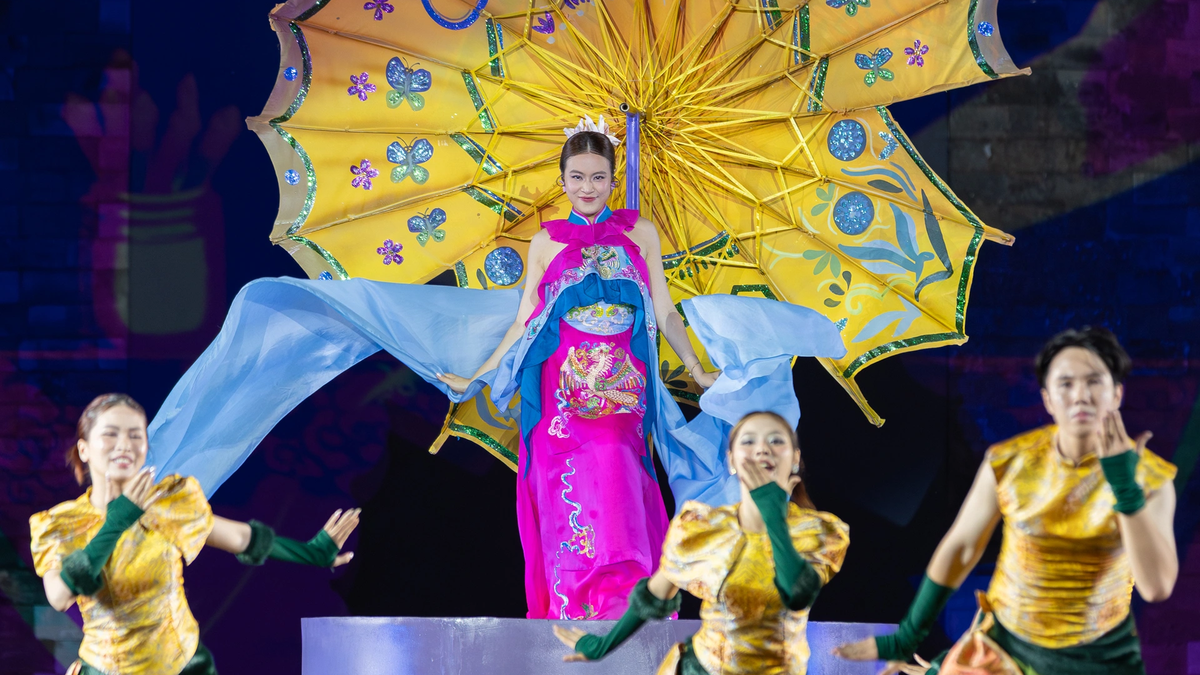
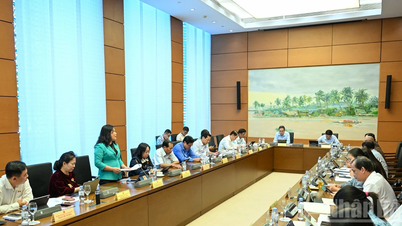
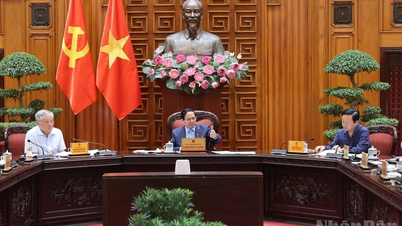
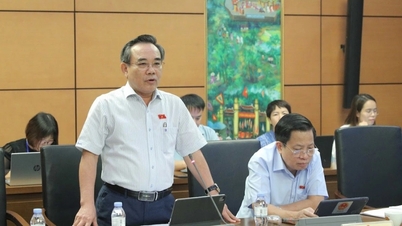

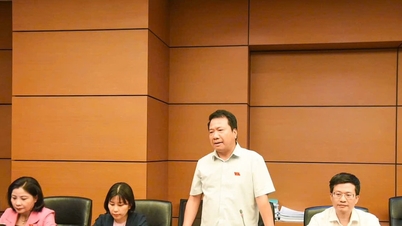




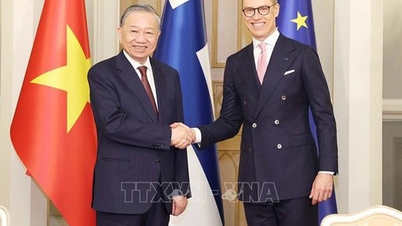
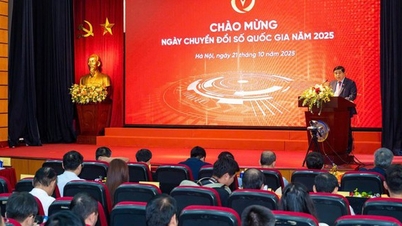

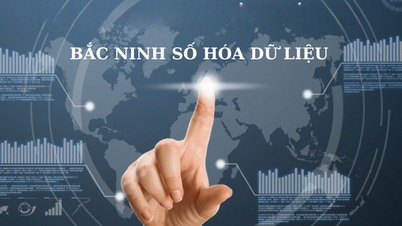

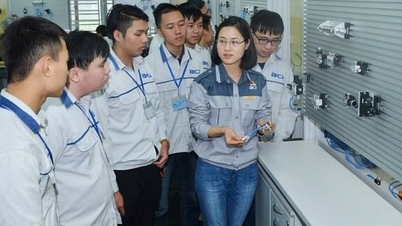
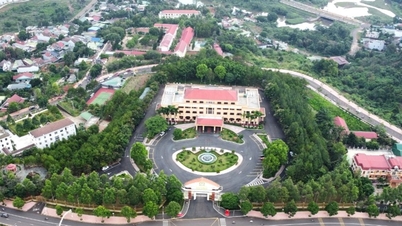

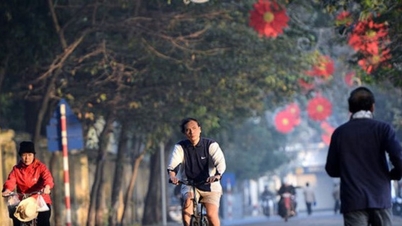



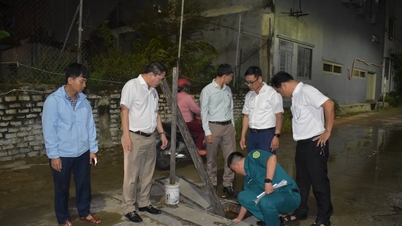

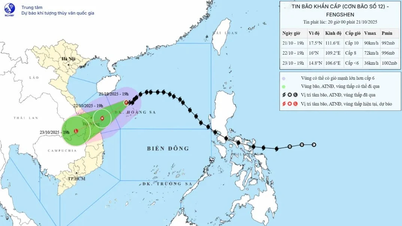

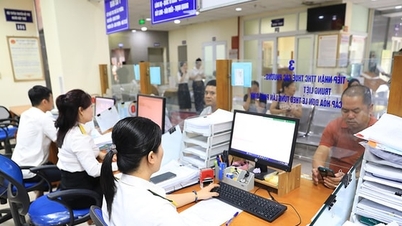








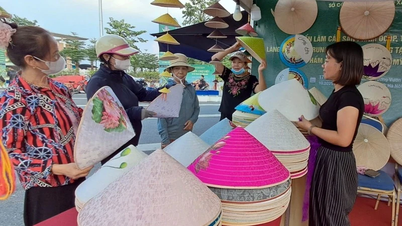
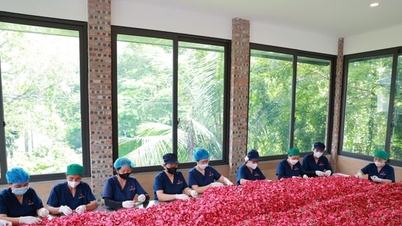

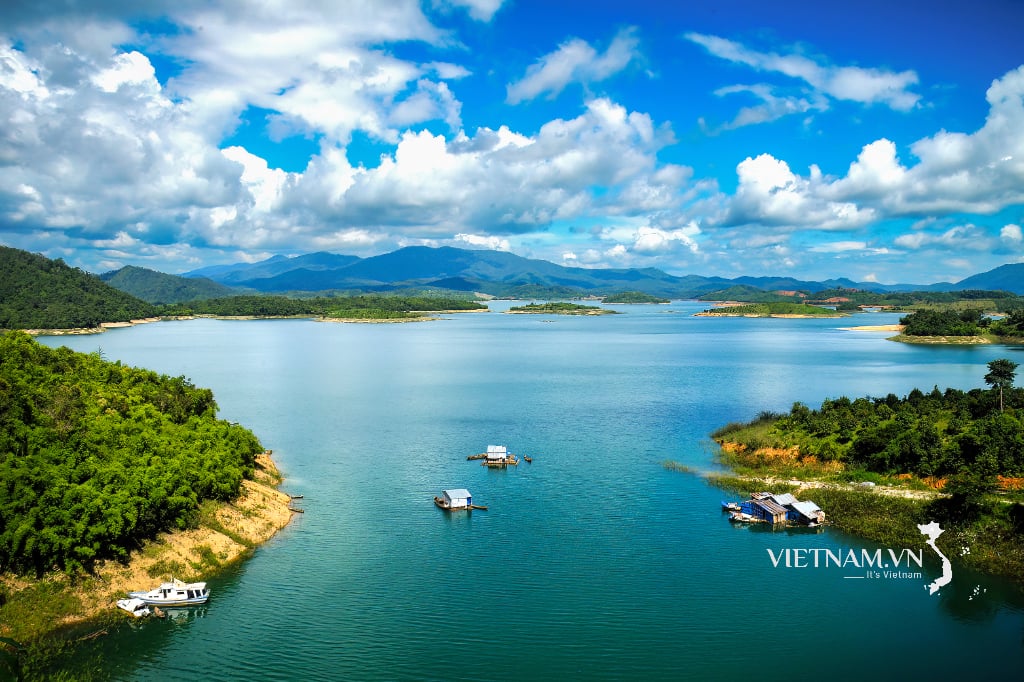

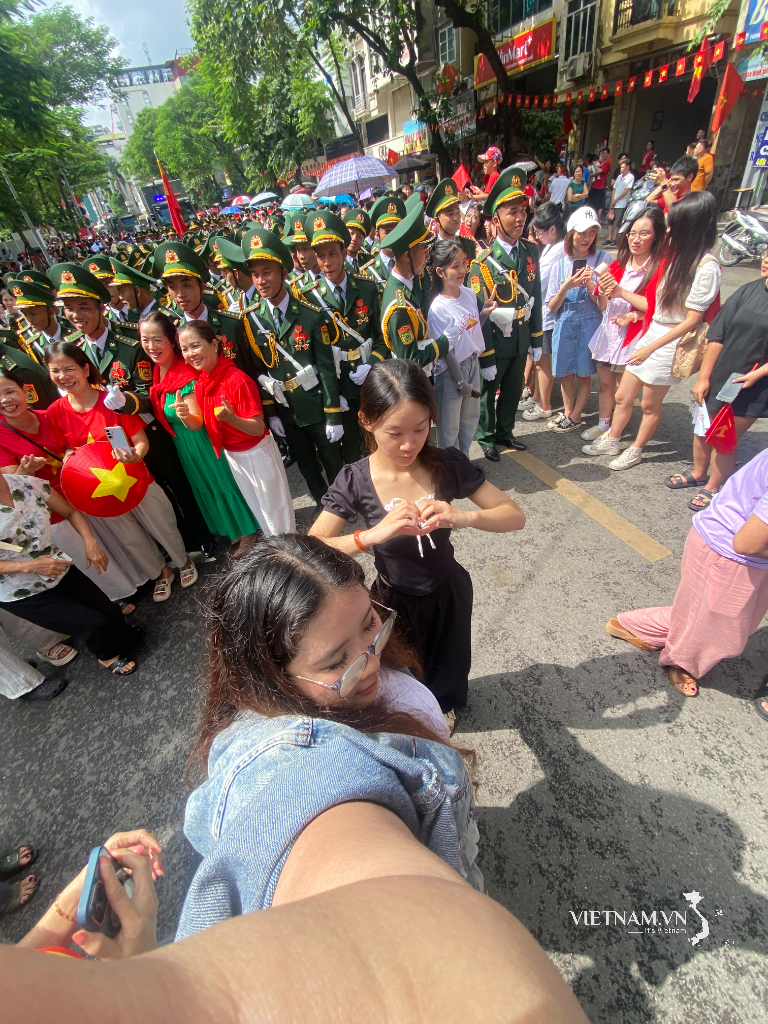

Comment (0)